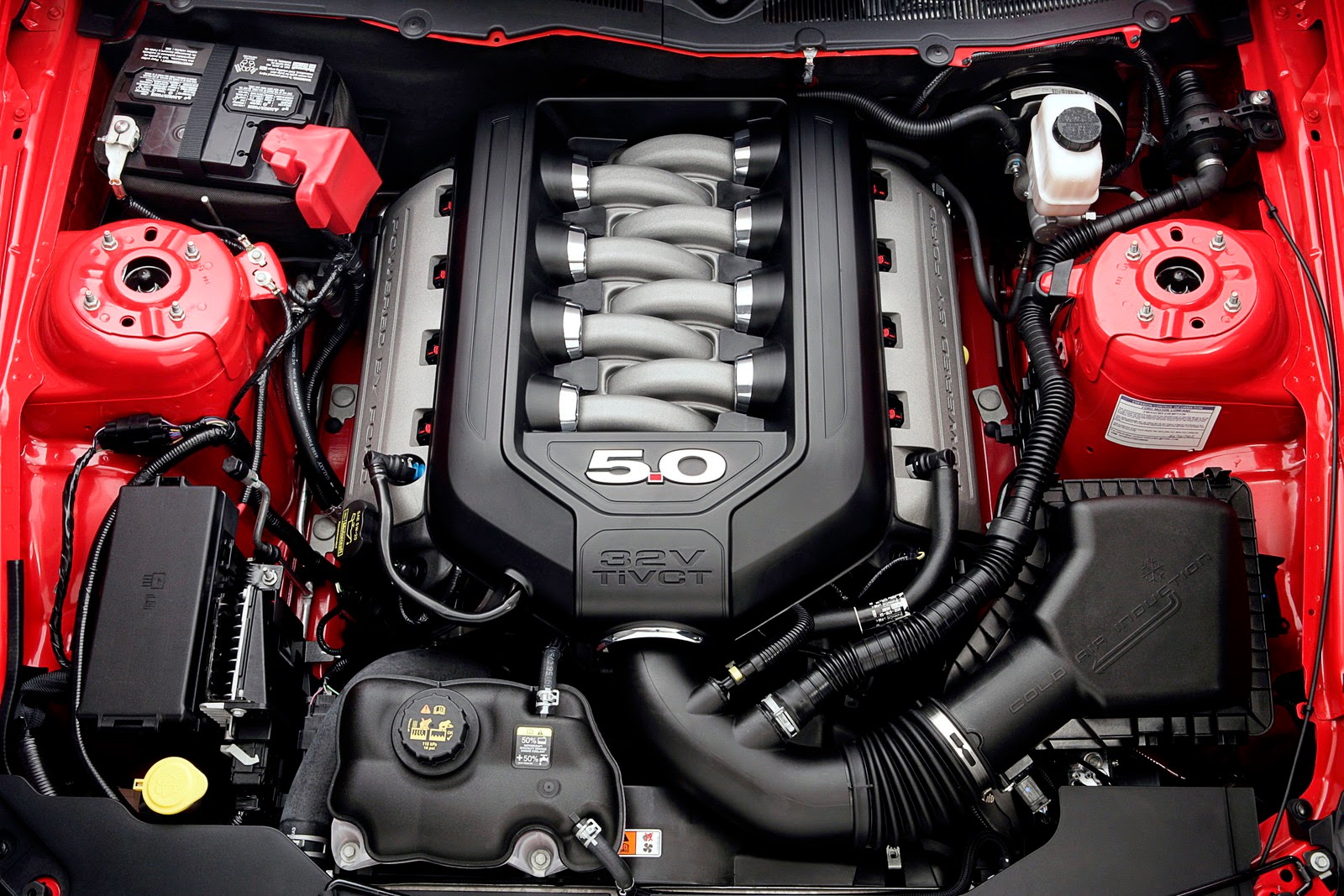Almost every brand these days has mastered the mid-cycle facelift. A quick update or two a little more than half way in to the product's lifespan to keep the model fresh and the newer competition at bay. Often this yields little more than some new lights, bumpers and other easily changeable pieces. It's rare to see significant powertrain changes for the mid-cycle facelift but occasionally automakers will have a strong urge to yank out the old and put in something completely different. At times patience runs out even before the scheduled facelift. Here are a few of the most dramatic "in generation" powertrain changes with some surprising and amazing results.
Mercedes Benz E55 to E63 AMG
It's especially rare to see an engine change for a high performance version considering the limited volume at play but that is exactly what Mercedes did when it went from a supercharged 5.4 liter V8 to a sweet sounding naturally aspirated 6.3 liter V8 for the last generation E Class AMG.
With the switch Mercedes added a new 7 speed gearbox as well. Horsepower shot up from 469 to 507 along with a much higher redline. Torque however did the opposite, dropping from 516 lb-ft to only 465. The 6.3 liter V8 was AMG's first bespoke engine and is one of the world's best sounding engines but the additional horsepower and gears resulted in almost zero gains. The E63 AMG is tenths quicker through the quarter mile but is actually a fraction slower at higher speeds. The 6.3 liter AMG V8 is everyone's favorite but it's almost forgotten today that AMG's supercharged 5.4 V8 was certainly no slouch and ahead of its times.
Audi Q7 V8 to V6 T
This change was the complete opposite of the one from Mercedes, a sweet sounding naturally aspirated V8 was replaced by a smaller (and fewer cylindered) supercharged engine. Horsepower dropped from 350 to 333 (S Line trim) while torque stayed the same at 325 lb-ft. Like Mercedes, Audi also brought in two additional gears for a total of 8. The new powertrain combination delivered a dramatic performance improvement, almost a second to 60 and over two seconds to 100 along with a 20% fuel economy boost. A win all around except for sound.
BMW 528i to 528i
A similar change as with the Audi saw BMW chop of two cylinders and add forced induction just one year after the current 528i went on sale. BMW however did so to its iconic inline six cylinder and unlike Audi, BMW for years lauded the benefits of natural aspiration. The result was 33% cylinders and displacement but the same 240 horsepower and an additional 25 lb-ft of torque barely off idle. The results were encouraging, about half a second quicker to 60 and over a second ahead by 100 along with 2 mpg extra city and highway for the turbo.
Ford Mustang 2010 to 2011
On paper this is by far the smallest change of the lot, a slightly bigger naturally aspirated V8 replacing another naturally aspirated V8. Likewise, a slightly smaller naturally aspirated V6 replacing another V6 seems like nothing worth writing about. Ford updated the Mustang for 2010 it took a year for the new engines to arrive but they immediately made the first model year obsolete. The Coyote V8 brought back the legendary 5.0 badge to the Mustang along with 97 additional horsepower, 65 lb-ft of torque and an extra gear. Performance jumped half a second to 60 and through the quarter mile but comparatively the 2010 GT was fractionally slower than the 335i coupe of the time while the 2011 5.0 was just a bit slower than the M3. An even bigger story was the V6 improvement, an ancient 210 horsepower 4 liter V6 was replaced with a thoroughly modern V6 with 95 extra horsepower and 40 lb-ft of extra torque. Acceleration jumped by over a second to 60 and nearly 5 seconds quicker to 100. In fact the 2011 V6 was only three tenths slower than the 2010 V8. Only a year but worlds apart!




No comments:
Post a Comment